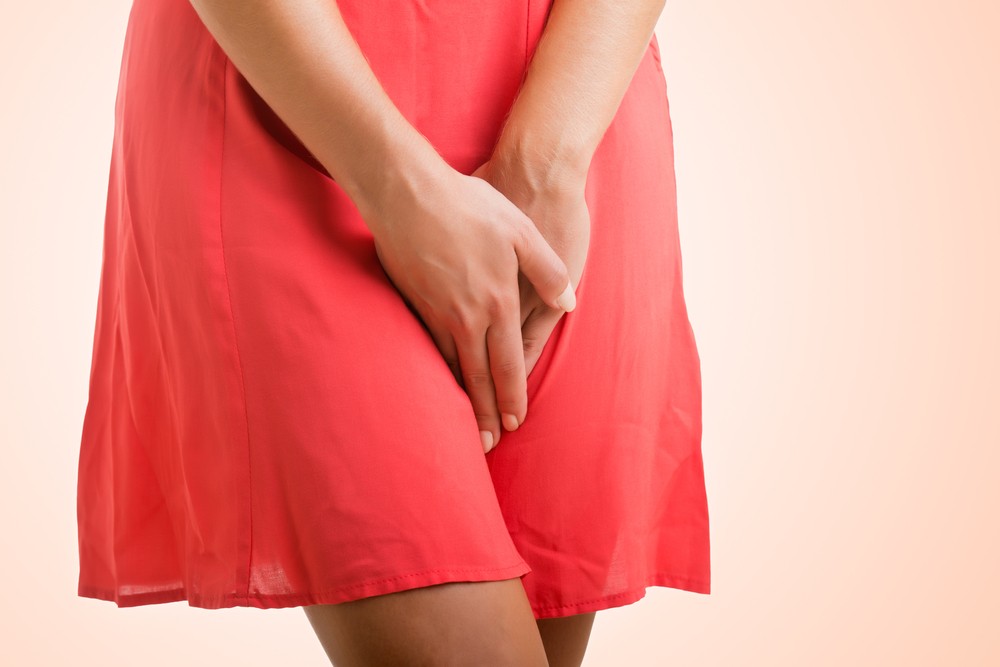
What is lichen sclerosus?
Lichen sclerosus is a non-contagious, chronic inflammatory skin disease that usually occurs in the genital area and is mainly manifested by burning, itching and a rash.
Who is affected?
Women get the disease about four times more often than men. But the latter can also be affected by lichen sclerosus - as well as, in rarer cases, children, especially girls before puberty.
The prevalence of the disease increases with age. However, the first symptoms usually appear in women well before the menopause. However, they often remain untreated and also undiagnosed with regard to the cause. Diagnosis and treatment usually take place a few years later, when the symptoms become more noticeable.
